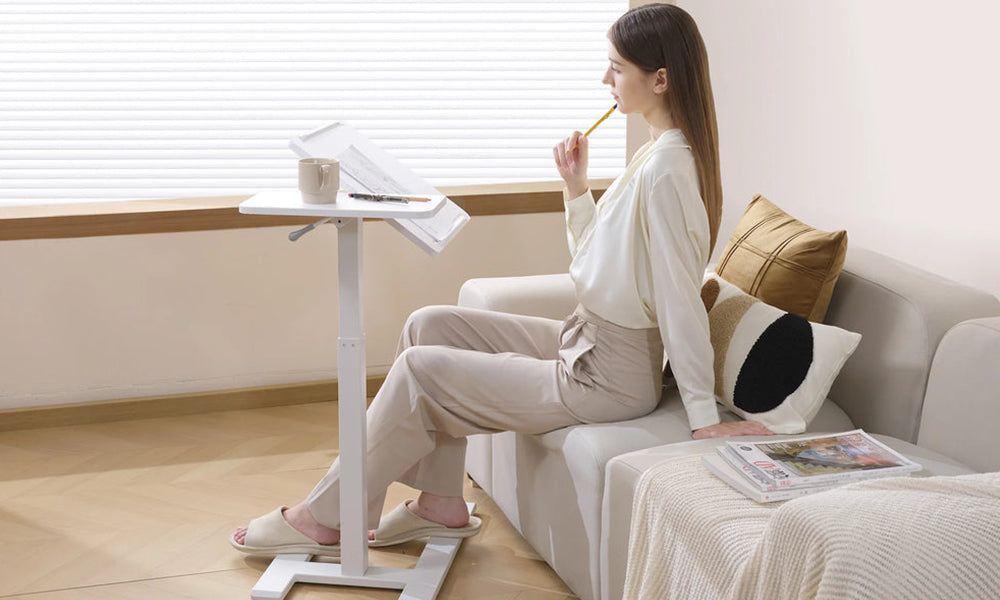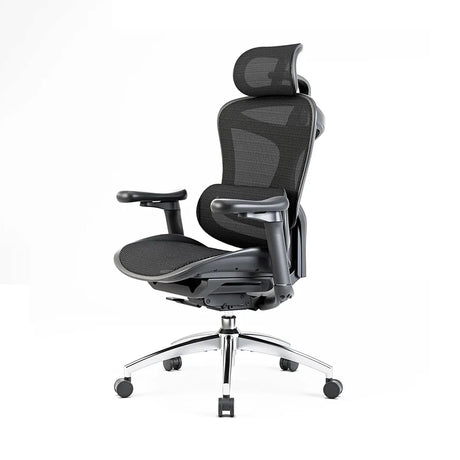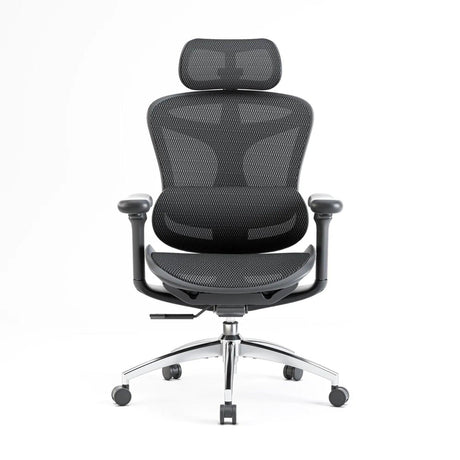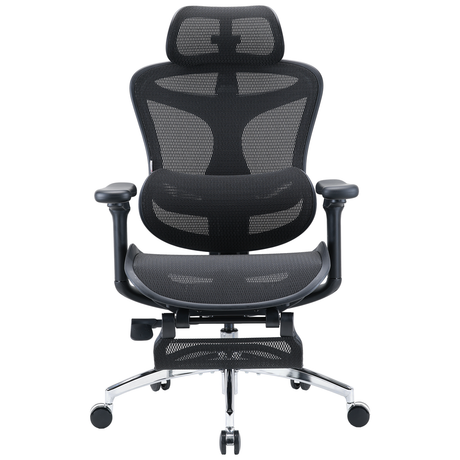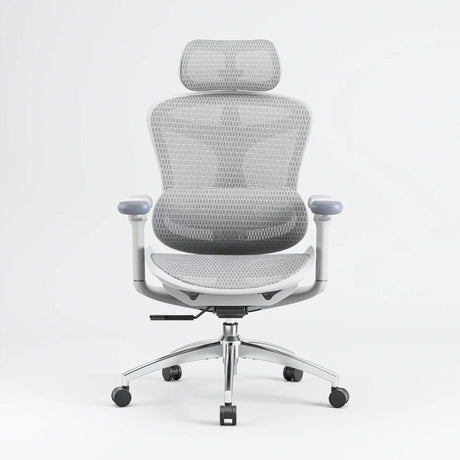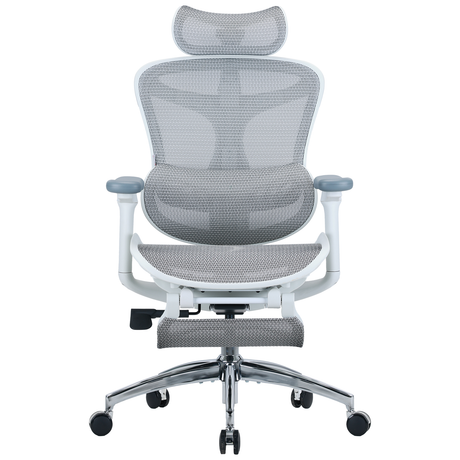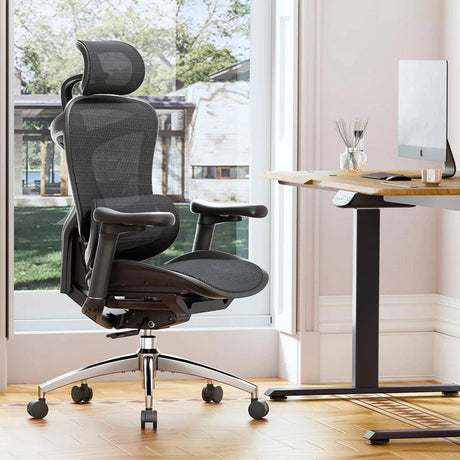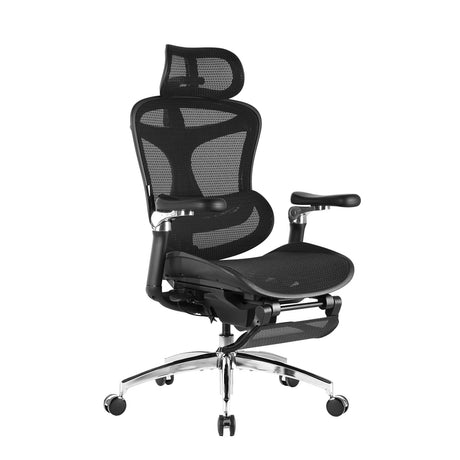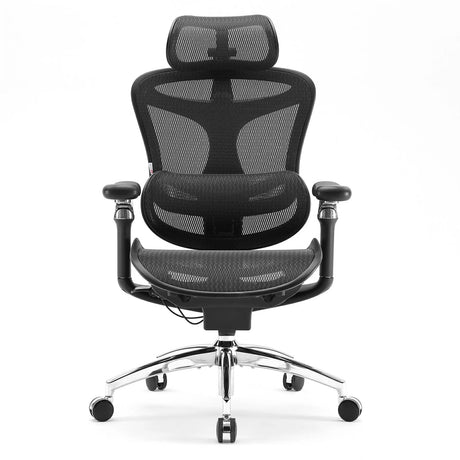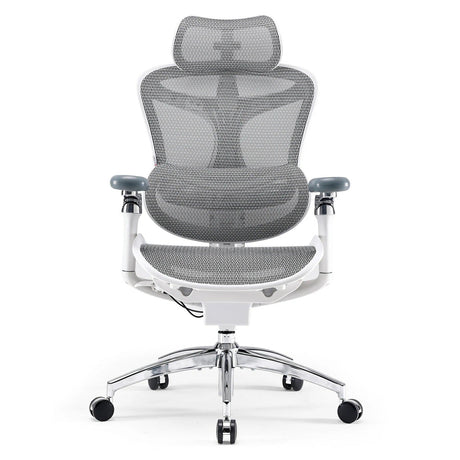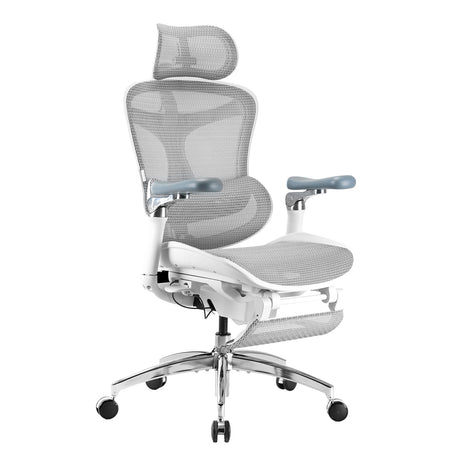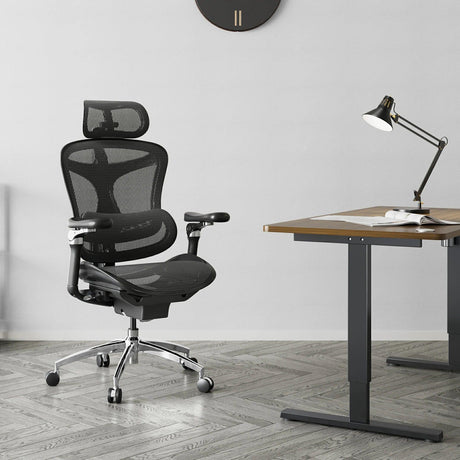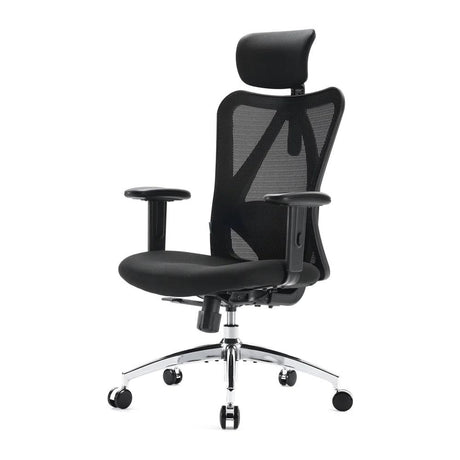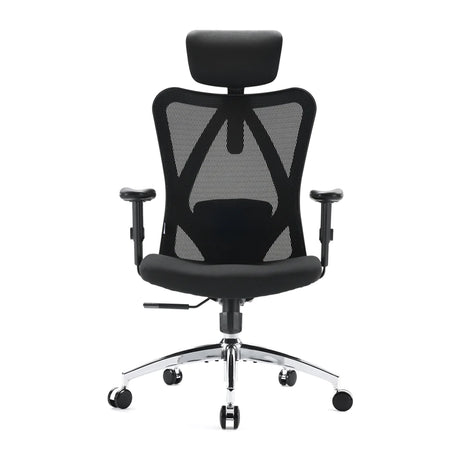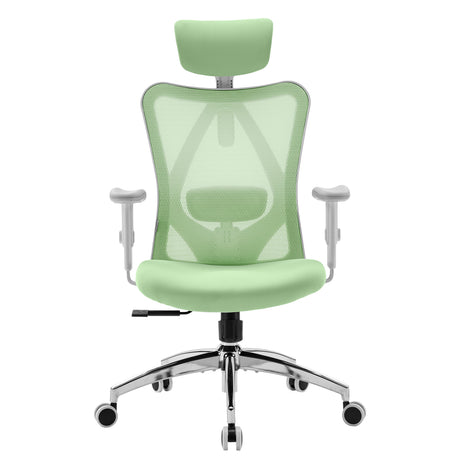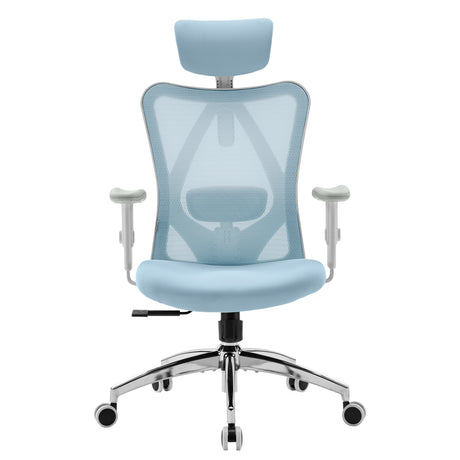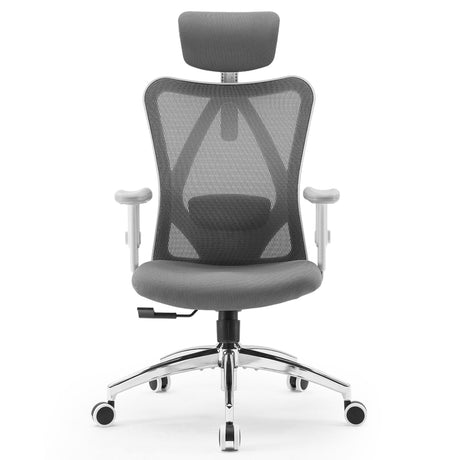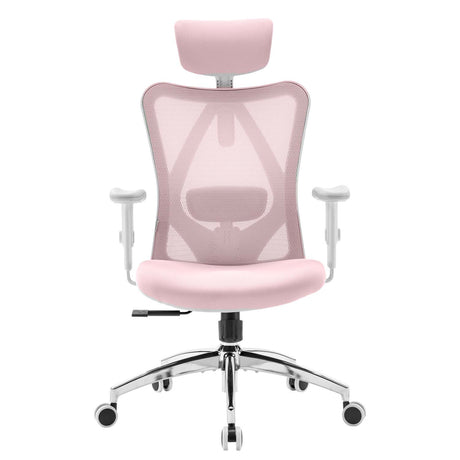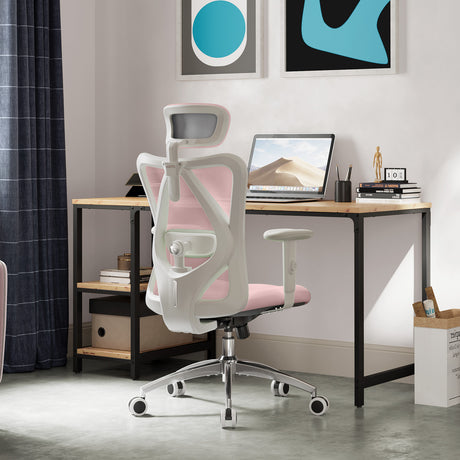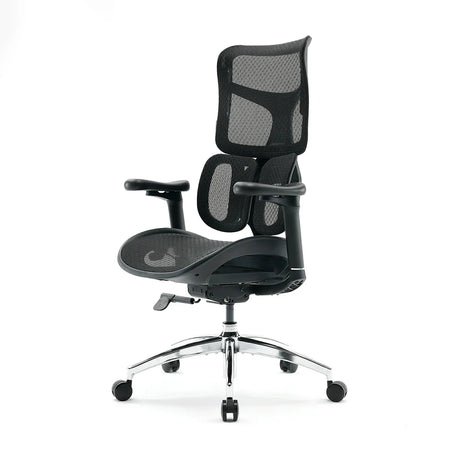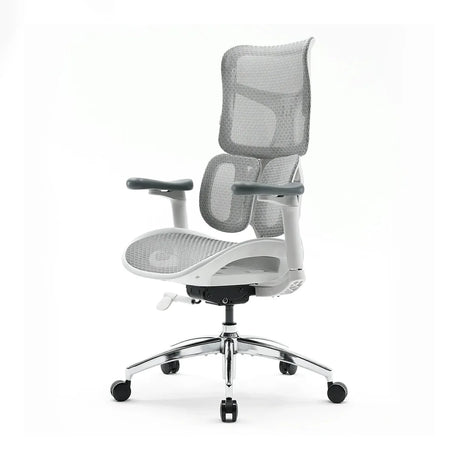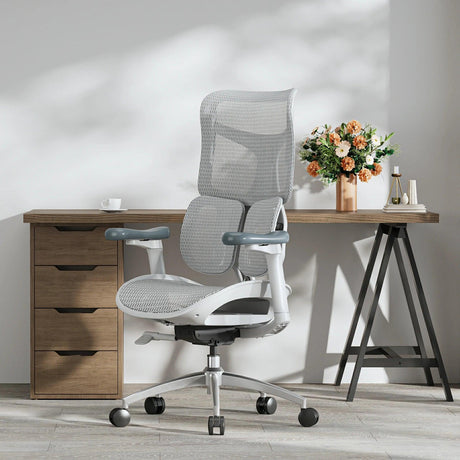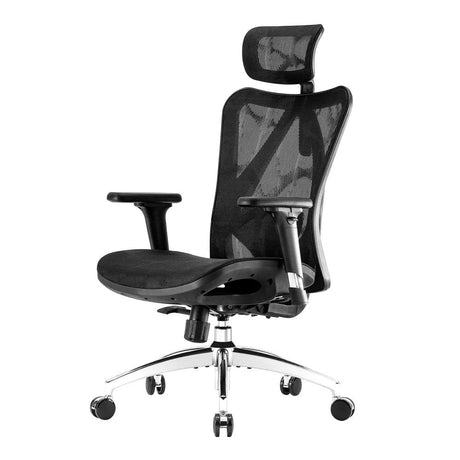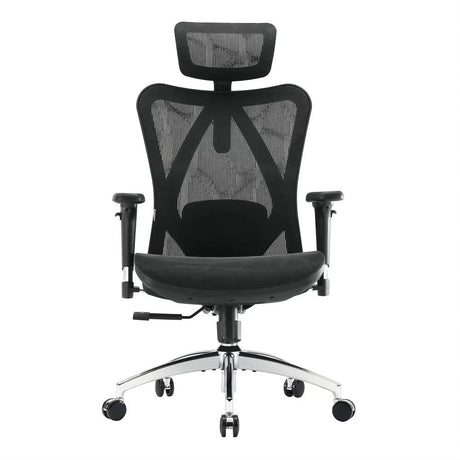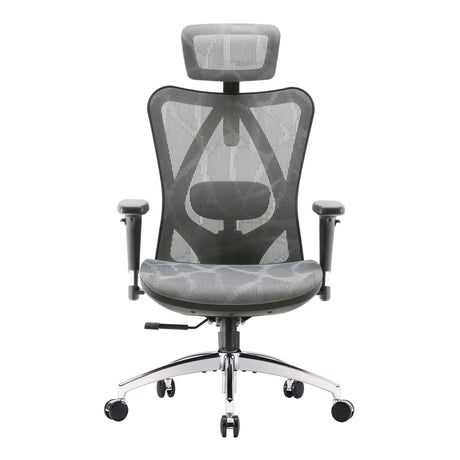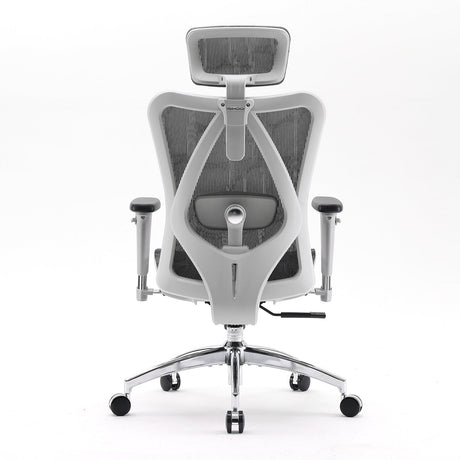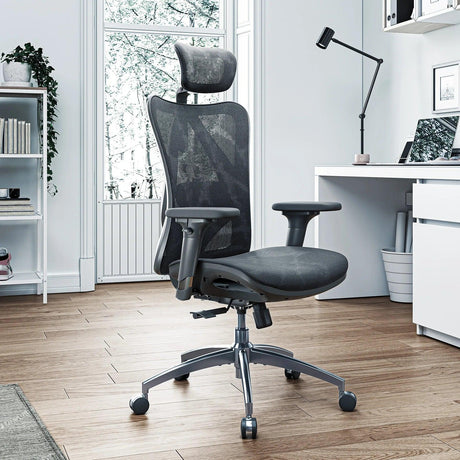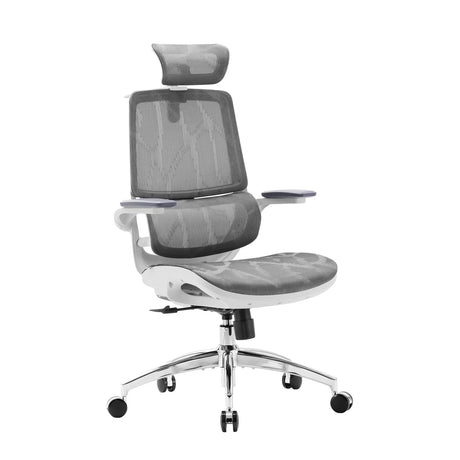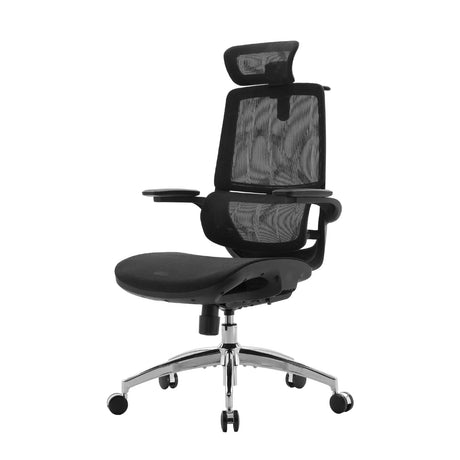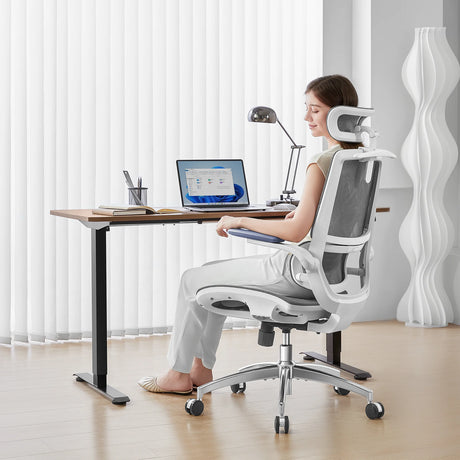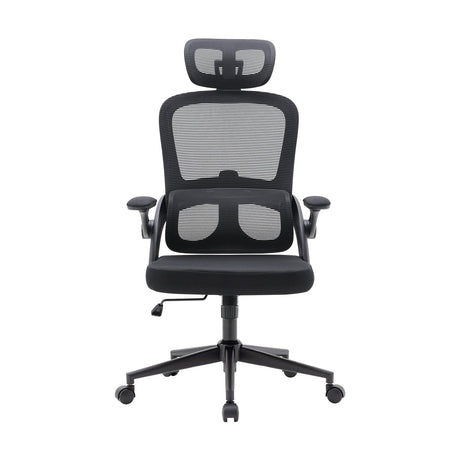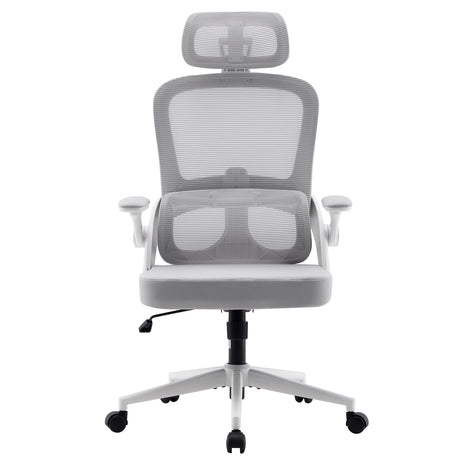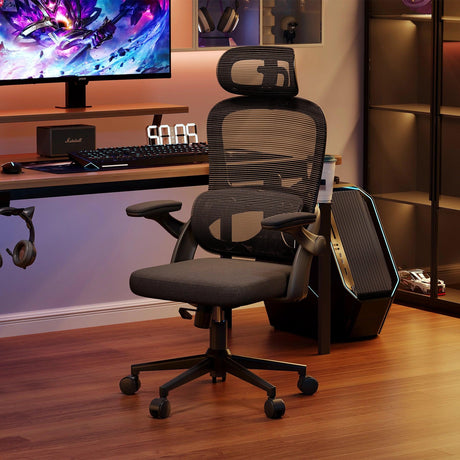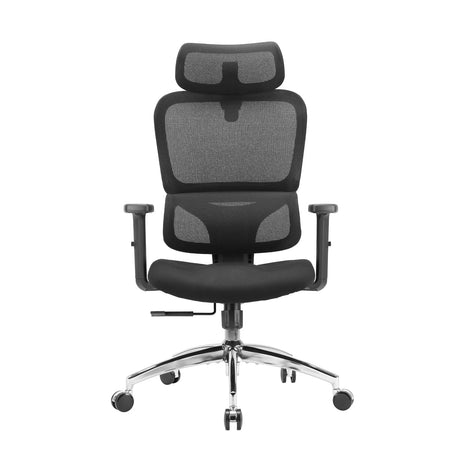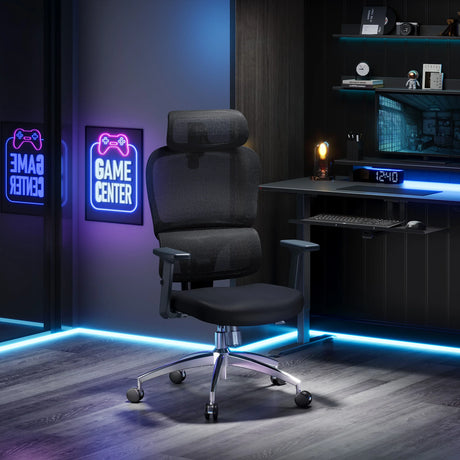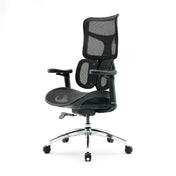As we age or encounter health challenges, the need for specialized furniture that enhances daily living becomes increasingly important. Over bed tables, designed specifically for use in bed, are a game-changer for the elderly and disabled individuals. These versatile tables provide the perfect balance between comfort, functionality, and independence. In this blog post, we’ll explore what over bed tables are, their benefits, and why they’re essential for improving the quality of life for seniors and those with mobility challenges.
What is an Over Bed Table?
An over bed table is a portable, adjustable table designed to fit over a bed, allowing the user to comfortably eat, read, write, or use electronic devices while lying down. They typically feature a flat, spacious surface that is easy to clean, and they are adjustable in height and angle to ensure optimal comfort. Some models also come with additional features like built-in trays, storage compartments, or wheels for easy mobility. Over bed tables are a must-have for people who spend a lot of time in bed due to illness, injury, or chronic conditions.
The Benefits of Over Bed Tables
Enhanced Comfort and Convenience
For elderly individuals or those with physical disabilities, staying in bed for extended periods can lead to discomfort and boredom. Over overbed tables make it easier for users to enjoy meals, work on tasks, or engage in hobbies without needing to get out of bed. This convenience is especially important for individuals recovering from surgery or managing chronic conditions like arthritis or Parkinson’s disease.
Promotes Independence
One of the most significant benefits of over bed tables is that they promote independence. With a properly adjusted over bed table, individuals no longer need to rely on caregivers to bring meals, medications, or entertainment. Whether it’s enjoying a cup of coffee in the morning or using a tablet to watch a movie, over bed tables provide the independence to do these activities with ease, from the comfort of a bed.
Health and Safety
Over bed tables can also contribute to better posture and ergonomics. For instance, some models are designed with adjustable angles, allowing users to raise or tilt the surface to a more comfortable position. This can reduce the strain on the back, neck, and arms, preventing the discomfort that often comes with prolonged bed rest. Additionally, some tables have safety features, such as anti-slip surfaces, to prevent items from sliding off, reducing the risk of spills and accidents.
Multipurpose Use
These tables are not limited to just one function. They can be used for a variety of purposes:
- Eating: A stable surface for meals or snacks, especially for those who struggle with sitting at a regular dining table.
- Reading & Writing: Perfect for holding books, notebooks, or devices while staying in a reclined position.
- Technology: Convenient for using tablets, laptops, or smartphones, allowing users to browse the internet or stay connected with family and friends without having to sit up.
- Medication Management: A place to organize medication bottles, timers, and glasses, making it easier for individuals to manage their prescriptions independently.
Space-Saving and Mobility
Over bed tables are often compact and designed to be easily moved. Most models come with wheels, allowing caregivers or users to adjust the table’s position or move it out of the way when not in use. For smaller living spaces, this portability and compact design are invaluable. The ability to tuck the table away after use helps keep the room neat and prevents clutter.
Features to Consider When Choosing an Over Bed Table
When selecting an over bed table, there are several features to consider to ensure the table meets the needs of the user:
Adjustability: Look for tables that can be adjusted in both height and angle. This ensures that the table can accommodate a variety of user needs, whether it’s for eating, working, or lounging.
Stability: The table should be sturdy and stable enough to hold items without wobbling. A well-built over bed table will ensure that meals, books, and devices are safe and secure during use.
Ease of Movement: Choose a table with smooth-rolling wheels for easy mobility. Some tables come with locking wheels to ensure the table stays in place when in use.
Size of the Tabletop: The size of the tabletop is important. It should be large enough to hold the necessary items but not so large that it becomes cumbersome or difficult to maneuver around the bed.
Material and Durability: Opt for tables made from durable materials such as metal, wood, or high-quality plastic. These materials ensure the table will last, even with daily use.
Additional Features: Some over bed tables come with extra features like built-in trays for food, cup holders, or even storage compartments. These can be especially helpful for users who need to keep items close at hand.
Types of Over Bed Tables
Manual Over Bed Tables
These are the most basic models and are often more affordable. They require manual adjustment of the height and angle, typically using a lever or a knob. While they may lack some advanced features, they are durable and functional for most basic needs.
Electric Over Bed Tables
Electric models come with motorized adjustments for height and tilt, making them easier to adjust without physical effort. These are ideal for users with limited mobility who may find manual adjustments challenging.
Compact or Tray Tables
For users who need a smaller table for light use, a compact or tray-style over bed table might be sufficient. These tables are simple and can easily be moved out of the way when not in use.
Over Bed Tables with Built-In Storage
For those who need additional organization, over bed tables with built-in drawers or shelves provide extra storage for medications, personal items, or other essentials. These models are great for users who need to keep things close by without cluttering their bed space.
Conclusion
Over bed tables are a practical, cost-effective solution that can significantly improve the quality of life for elderly and disabled individuals. By providing a stable surface for eating, reading, working, and managing daily tasks, they promote comfort, independence, and dignity. Whether you’re recovering from an illness or managing a long-term condition, an over bed table can make a world of difference in how you go about your daily activities.
When choosing the right over bed table, it’s important to consider the user’s needs, preferences, and specific health challenges. With the right model, you can transform a regular bed into a versatile, functional space that promotes comfort and independence for years to come.
